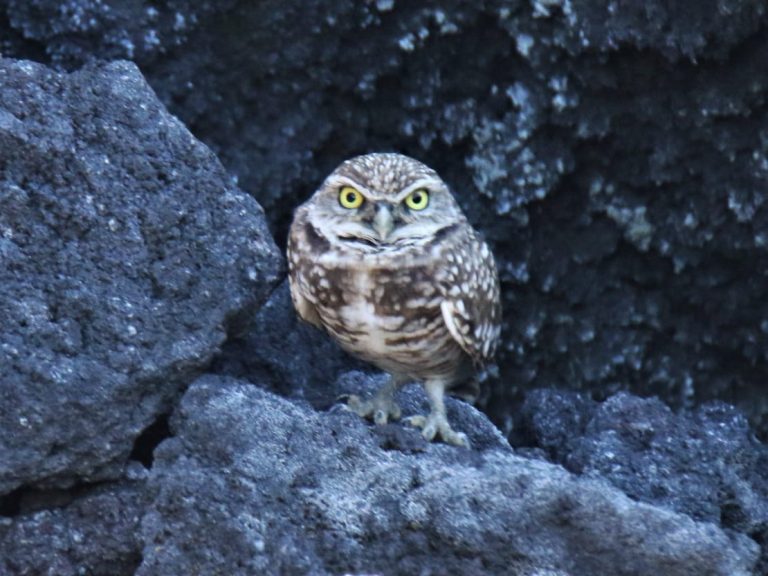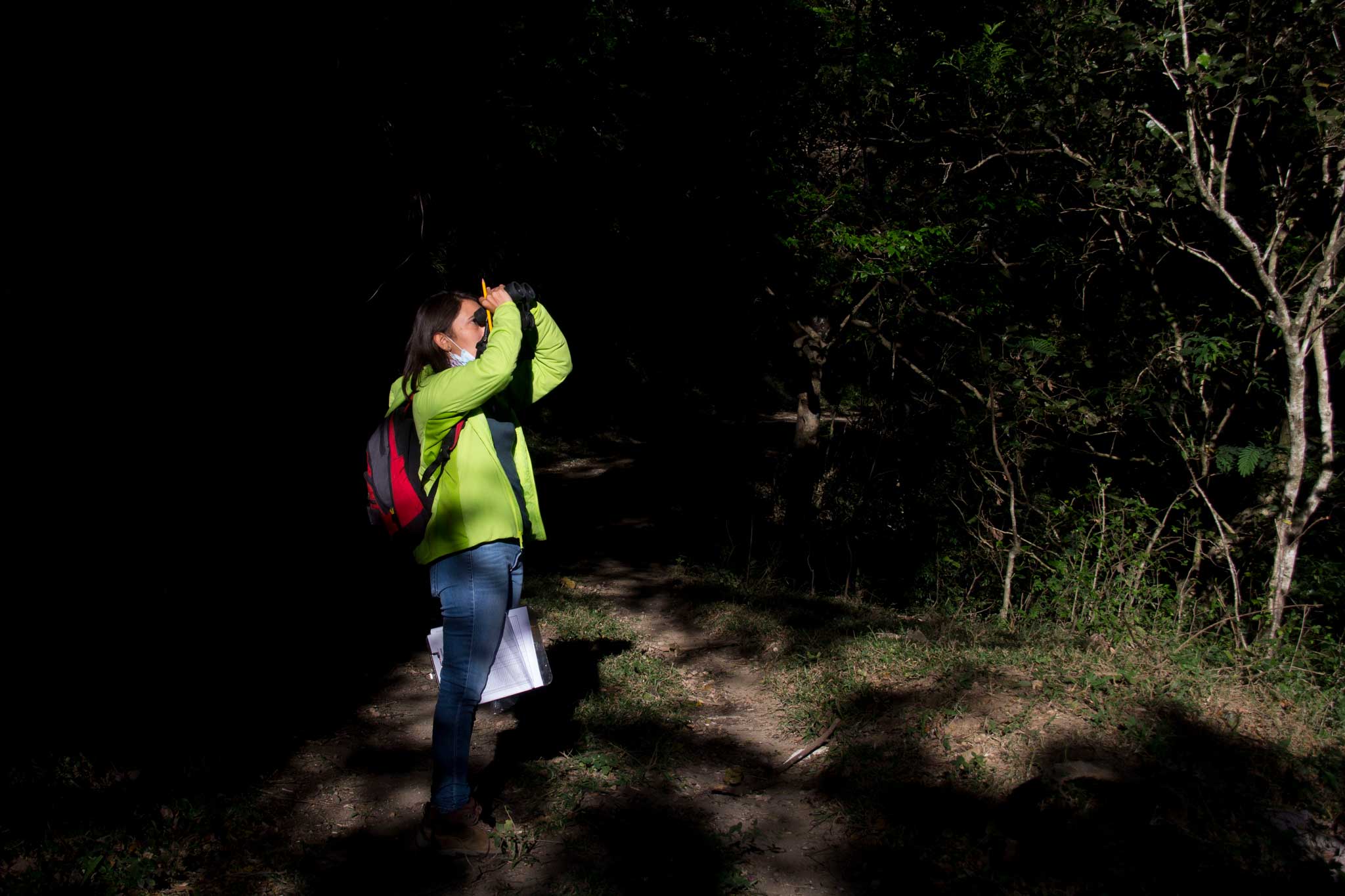Christmas bird counts and their importance in conservation strategies
Story by: Varinia Sagastume
Christmas bird counts are activities that promote citizen participation and the conservation of ecosystems and wildlife, through the tradition of going out to count birds. Families, students, bird watchers and scientists voluntarily participate in this activity.
Each participant makes a huge contribution, as Audubon and other initiatives such as eBird use the data collected during these counts to assess the health of bird populations and support conservation projects in different countries around the world.
This tradition had unfriendly beginnings with birds. Before the arrival of the twentieth century, in different regions of the northern United States, there was a tradition of going out to hunt birds prior to the celebration of Christmas. Known as the Christmas Side hunt, the goal was to hunt as many birds as possible. And although at that time the idea of species conservation did not exist as we know it now, there was concern on the part of scientists, about the population reduction of different species.
In view of this, as early as 1900, ornithologist Frank Chapman, proposed a new tradition for the holidays: a Christmas bird census, which became known as the Christmas Bird Count, where the birds would be counted instead of hunted. In its first edition, 27 dedicated bird watchers participated in 25 counting circles ranging from Toronto, Ontario, to Pacific Grove, California, and a total of 90 species were recorded together. Since then, this tradition has spread throughout the American continent, including Guatemala, and takes place every year between December 14 and January 5.
For more than a century, North American researchers have been able to collect data critical to the conservation of all bird species. Over the decades, and with the popularization of bird watching, the counts began to be carried out outside the United States. In Guatemala, for example, the first Christmas count was carried out in the Tikal National Park in 2006, followed by the Atitlán Volcano in 2007, which to date is the one that has been going on for 13 continuous years.
Since then, in Guatemala they have been carried out in various places, such as the Las Guacamayas Biological Station in Petén, organized by WCS and the BALAM Association; the Quetzal Biological Corridor, in Baja Verapaz and Cobán in Alta Verapaz, both organized by the Las Verapaces Birdwatching Club; the counts in the Lake Atitlán Basin Multiple Use Reserve (RUMCLA), the first in the Utatlán-Sololá area and the other in the Semetabaj-Tecpán area organized by BirdZone Atitlán. organizes the Urban Bird Club, with the support of the Guatepassport Birding Club.
Why are the counts important for Guatemala?

Burrowing owl. Photo: Josué De León
The purpose is to generate information to know the status of bird populations throughout the American continent. Audubon and other initiatives like eBird use the collected data to assess the health of bird populations and support conservation projects.
In addition, it is an activity that promotes love for birds, citizen science and interest in conservation.
For a long time, only scientists generated information on biodiversity in Guatemala, while in other countries citizen science has years of collaborating with scientists. That is why these activities, where citizens can voluntarily contribute to generating information that can be used for conservation, are of great value.
For example, in past counts in the Pacaya Volcano, new records have been made of rare species, such as the burrowing owl and the pink warbler, which have already been recorded in this national park. This can also add value to sites to generate interest and attract tourism. Much like how it happened in the Amate Farm and Natural Park, thanks to the appearance of the burrowing owl.
The data obtained from these activities can be used by the municipalities, the Government, the Council of Protected Areas (CONAP), co-administrators of protected areas to propose better strategies to conserve the habitats not only of the birds but of all the fauna and flora of the sites.
In addition, this activities is for all ages, any level of experience in bird identification and is carried out in many places in Guatemala, which promotes the conservation of birds and their habitats.
